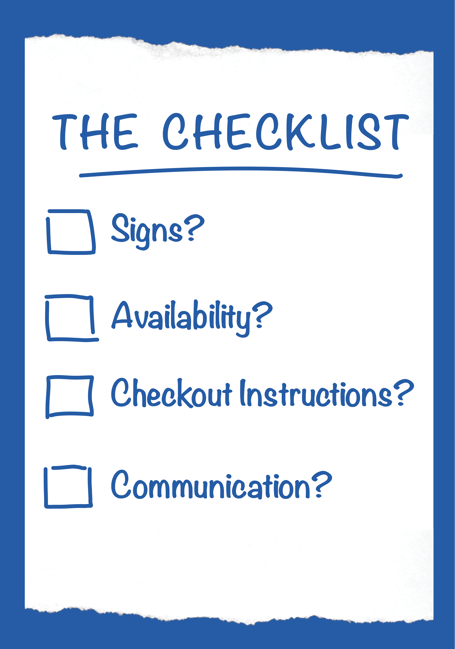When a once-in-a-century pandemic handed us a challenge in finding ways to function day-to-day while also remaining isolated for safety, technology helped meet the call with immensely creative innovation.
Trends were already pointing to digital commerce starting to outpace in-store shopping preferences, but when COVID-19 turned everything on its ear, some services that were previously just “nice-to-have” became critical lifelines to retail operations in 2020.
In fact, IBM’s U.S. Retail Index found that the pandemic accelerated the global shift from brick-and-mortar shopping to e-commerce by five years. That’s like turning a battleship on a dime… a herculean task. But the biggest benefit of a world being stuck isolating at home, innovation had time to run free and find solutions to big problems.
At the end of 2019, an estimated 66% of retailers offered buy online, pickup in-store (BOPIS) options but within 6 months, the adoption of BOPIS services increased to 76%. There were fewer than 4% of retailers offering curbside pickup at the close of 2019, but, again, thanks to a need to troubleshoot the pandemic, more than 58% of retailers offering the service today.
But with great speed, comes great responsibility. When you’re pushing to develop and implement crucial technologies quickly, it’s a MUST that you make sure to get it right. The effort should best customer experience, because one bad experience can damage that relationship and you risk losing a loyal shopper. Retailers who are racing to meet demand need to focus on keeping the experience as streamlined, effortless and hassle-free as possible.
It’s important to watch out for inventory frustrations, as well. As retailers ramp up their offerings of convenient alternatives for in-store shopping, it introduces plenty of chances to disappoint customers. You introduce the risk by utilizing store inventory to serve both in-store and curbside pickup customers. Oftentimes, the store's "proxy shoppers" and in-store shoppers are competing for the same product at shelf. Without real-time inventory data tracking up-to-the-minute availability, there is a risk that a customer who places their order for pickup at noon might not get all items ordered when they show up at their designated arrival time… AND you introduce an extra chance to disappoint them, depending on how well you’ve trained your team to select replacements that could be offered (at no extra charge) to save the sale. (Real world example: a customer ordered garlic bread with her groceries, and when that item was out of stock, instead of offering a different type of garlic toast, garlic knots or breadsticks as a replacement, the shopper selected ... raisin bread. In this case, choosing to not fulfill that item would have been a better option than offering something completely unrelated. The brunch go-to is not a great substitute with a spaghetti dinner.)
Some companies with multiple locations and supply chain to support it have begun to consider using "dark stores", or locations that are solely dedicated to using the inventory of that location for online and delivery orders.
Four considerations and best practices to ensure a smooth BOPIS or curbside pickup experience:
- Set up directional signing and clear messaging about the availability of BOPIS and curbside. Be sure to communicate about the service options provided to set customer expectations and avoid confusion.
- Leverage inventory data to implement product filters to offer “Filter by Store Availability” on your website. Some retailers also offer the option to “show me what is available in my favorite store for pickup today.”
- Provide clear instructions at checkout on when the order will be confirmed and instructions for what to do when arriving at the store for pickup.
- Clearly communicate what customers can expect, then deliver on that promise. How quickly will you confirm that the order is ready? When the customer gets to the store, how quickly will the order be ready? Can customers easily find the pickup location in the parking lot or in-store? Can they interact with your app for order updates?

With all these considerations, it can seem like you're constantly building planes in the air, but it's worth the work and investment in innovation to secure your customers' experience & ultimately earn their loyalty -- all with smart retail execution.



